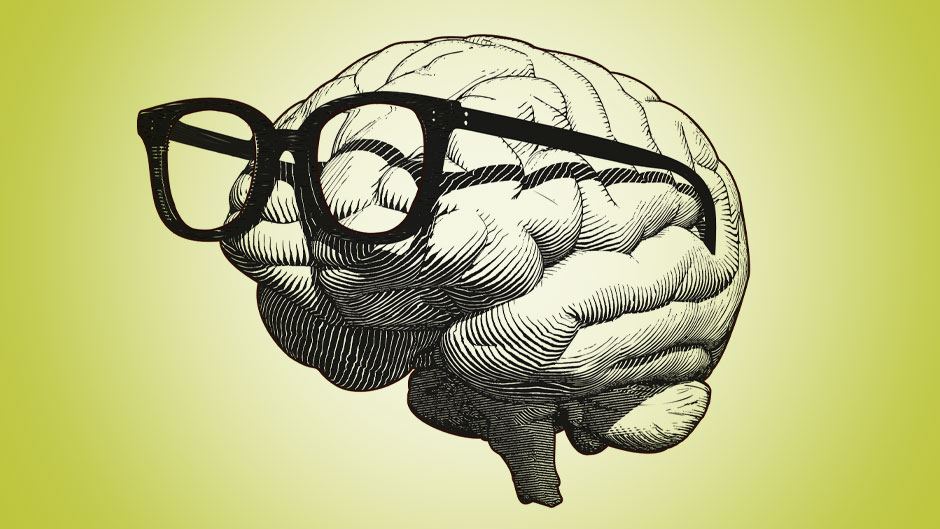Imagine the bleakest and darkest of times—Russian gulags, Nazi concentration camps, plagues and pandemics—and humor, that analgesic for human pain, somehow manages to shimmy its way in to tickle that quirkiest of bones (the funny one!).
Maria Galli Stampino, professor in modern languages and literature, acting chair for the department of sociology, and senior associate dean for faculty affairs and diversity in the University of Miami College of Arts and Sciences, explored humor in 16th century Italian theater as part of her doctorate studies.
“Historically, any sort of ways that make us laugh achieves two goals. One, it brings people together, because if we laugh it’s because we share certain knowledge, certain cultural expectations, and situations. And, two, you put front-and-center whatever is pushing down on you and stressing you out,” said Stampino. “Then it’s something you can almost exorcise with your group through laughter.”
Physical deformities—dwarfism, the hunchback, the woman with the big nose, the bearded lady—were the ripest targets for humor in the era of Stampino’s studies. While contemporary humor generally refrains from targeting others’ defects for our jest, at least one aspect of this brand of humor remains—the “we” and the “them.”
“There’s always somebody who plays the role of the outsider which reinforces the fact that we, the insiders, are laughing at him or her—and the laughter with its very bad edge reinforces the community of we,” Stampino pointed out.
This “we” and “them” notion was precarious in Stampino’s Italy—and potentially so today.
“Tomorrow you might lose a limb or a finger or get the pox and have your complexion ruined or worse, and then you’d be a ‘them,’” she said. “Or you might realize that under other circumstances it could have been me—so there’s a sense of relief.
“This sense of relief—from this pandemic or from whatever this is—can get visited on communities, and some can feel ‘I’m relieved it wasn’t me.’ That brings a relief of the tension, worry, or stress,” Stampino added.
The distance between “we” and “them” or between “me” and the tragedy creates a sense of community, and while certain tragedies seem off-limits for humor, especially if you’re a cultural “outsider,” everything else is fair game, according to Stampino.
“Cracking a joke about the Holocaust—that’s just beyond the pale. But for everything else, such as these days saying, ‘Look at this guy who has half a bra on for a mask,’ you know you’re reflecting on the fact that you’re not comfortable seeing face masks around you,” Stampino said. “But you don’t say, ‘Oh my gosh, I’m really worried that COVID-19 is so pervasive’—you make fun of it and talk about it in veiled terms. So that’s why laughter has always been used as a way to build community and build some distance from the worry.”
Isaac Prilleltensky, vice provost for institutional culture and a humor writer, rewrote—literarily—his relationship with humor about seven years ago when he and his wife, Ora, tackled a University research project to promote health and wellness.
“The goal was to make wellness accessible, simple, and fun, and to do that by combining science and humor,” Prilleltensky recalled. The project tackled serious issues—stress, anxiety, relationships—and Prilleltensky challenged himself to write a humorous intro for a first book as an example that the perspective would work.
The introduction to The Laughing Guide became a chapter that turned into a column that grew into a book that multiplied into three books and a penchant and passion for writing humor.
Prilleltensky explained that the scientific premise that humor advances well-being and health is founded in large part on the research of Barbara Frederickson who has written and researched extensively on positive psychology and on Norman Cousins, a renowned magazine editor and lifetime believer in the power of hope, who popularized the notion that laughter is an analgesic for pain.
Frederickson’s research identifies humor as among the most important precursors for positivity. And, even more importantly for Prilleltensky, posits that positive emotion enhances learning and creativity.
“Humor has been found to improve learning at a most basic level—it opens up your mind, makes you more creative and ready to learn,” said Prilleltensky, adding that he utilizes humor as a teaching tool. “In thinking about priming an audience to learn new concepts, the best way to do it is through humor. So, humor helps you not only with health and wellness, but also with learning and creativity.”
Humor comes in a rainbow of flavors—anecdotal, blue (off-color, risqué), dark/gallows/morbid, farcical, ironic, self-deprecating, satirical, hyperbolic, situational, slapstick, to name just a few—and Prilleltensky’s funny favorite is self-deprecation.
“The easiest thing in the world for a humor writer is to be offensive, because everybody wants to laugh at the expense of somebody. The temptation is always there to just to use humor as a weapon, but I much prefer satire,” he admitted.
His foray into humor launched a transformation—and a rather laughable one at that,
“I discovered strength I didn’t know I had and tasted something that I was really good at. I’d never had a hobby before that was as satisfying. I’m often asked about how to write humor. Well, you invest time and effort. Every artist or scientist will tell you that they work hard at their craft,” he said.
He suggested that the most important thing is to experiment with humor, try to be less inhibited, and then a lot of positive events will flow.
“You don’t have to be so uptight,” Prilleltensky said, adding his simple recommendation for the world: “Laugh at yourself a little.”

